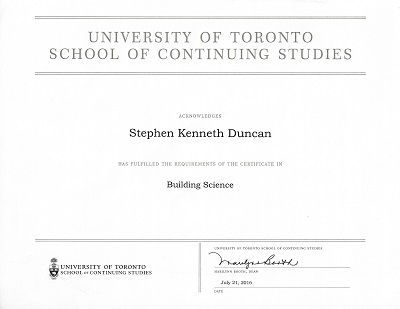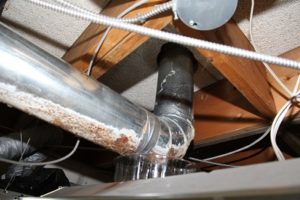Do you or a family member suffer from unexplained illness or discomfort? The air you are breathing could be the cause. Various pollutants build up overtime and many are irritating to people leading to discomfort and sometimes they are dangerous to your health.
The National Institute for Occupational Safety and Health (NIOSH) identifies six major sources of potential indoor air quality problems, including:
- Inadequate Ventilation
- Humidity and Temperature
- Inside Contamination
- Outside Contamination
- Microbial Contamination
- New Building Materials
Inadequate Ventilation – If too little outdoor air enters a home or building, pollutants can accumulate to dangerous levels. In most cases, indoor air exchange is controlled by Heating, Ventilation and Air Conditioning (HVAC) systems. Most HVAC’s are central
forced-air heating & cooling systems which have positive and negative effects on indoor air quality. Negative impacts occur when these systems circulate large volumes of air throughout your home, spreading indoor pollutants generated in one room to the rest of the house. Forced-air systems can also act as sources of indoor air pollution due to damp or dirty ductwork and older or dirty filters.
Risks can be reduced by increasing the ‘air exchange’ (outdoor air coming in). Positive air exchange helps re-circulate indoor air which helps to remove chemical gas and vapors (i.e. radon, carbon monoxide, formaldehyde) that build up over time.
Humidity and Temperature – Indoor Air Quality issues may occur when humidity and temperatures range outside of acceptable relative humidity levels, which should range from 20% – 60% year-round. Levels less than 20% in the winter and greater than 60% in the summer should be considered unacceptable. Elevated relative humidity can promote the growth of mold, bacteria, and dust mites, which can aggravate allergies and asthma. To achieve maximum occupant comfort, relative humidity should be maintained between 30% – 50%.
Inside Contamination – Indoor air pollutants can be caused by Biological Pollutants (mold, bacteria, dust mites, animal dander, cockroach debris, rodent debris, carbon dioxide) and Chemical Pollutants (Copy machines, office products, tobacco smoke, carbon monoxide, cleaning solvents, radon). Chemicals stored indoors have also been identified as significant sources of indoor air problems in some
investigations.
Outside Contamination – This is caused by the re-entrainment of previously exhausted contaminants, generally caused by improper air intake placement or by periodic changes in wind conditions. A common problem is vehicle exhaust fumes from parking garages, or loading docks being drawn into a building ventilation system.
Microbial Contamination – This is mostly associated with water leaks & infiltration, elevated indoor humidity, humidifiers, and contaminated ventilation ductwork. It can lead to mold growths, bacteria and dust mites, aggravating allergies and asthma.
No home, regardless of how well it is constructed, is totally free of defects. The construction of a house involves thousands of details, performed at the hands of scores of individuals. No general contractor can possibly oversee every one of these elements, and the
very nature of human fallibility dictates that some mistakes and oversights will occur, even when the most talented and best-intentioned trades people are involved. It is also an unfortunate aspect of modern times that some builders/developers do not stand behind their workmanship and may not return to fix or replace defective components installed after the sale is complete.
What Can You Do to Improve Indoor Air Quality?
- Don’t allow smoking indoors
- Maintain and inspect fuel-burning appliances regularly
- Ensure proper ventilation, especially in rooms with excess water vapor
- Monitor and control humidity levels
- Fix leaks and cracks in walls, floors, roofs & basements
- Immediately clean any old or new mold growths
- Dust and vacuum regularly
- Do not idle cars or run fuel-burning engines in an attached garage
- Close the door between your garage and home
- Store paints, solvents and varnishes outside of your home
- Coat and seal furnishings made from particle-board or medium density fiber-board
- Repair and replace damp or dirty ductwork and old and dirty filters



